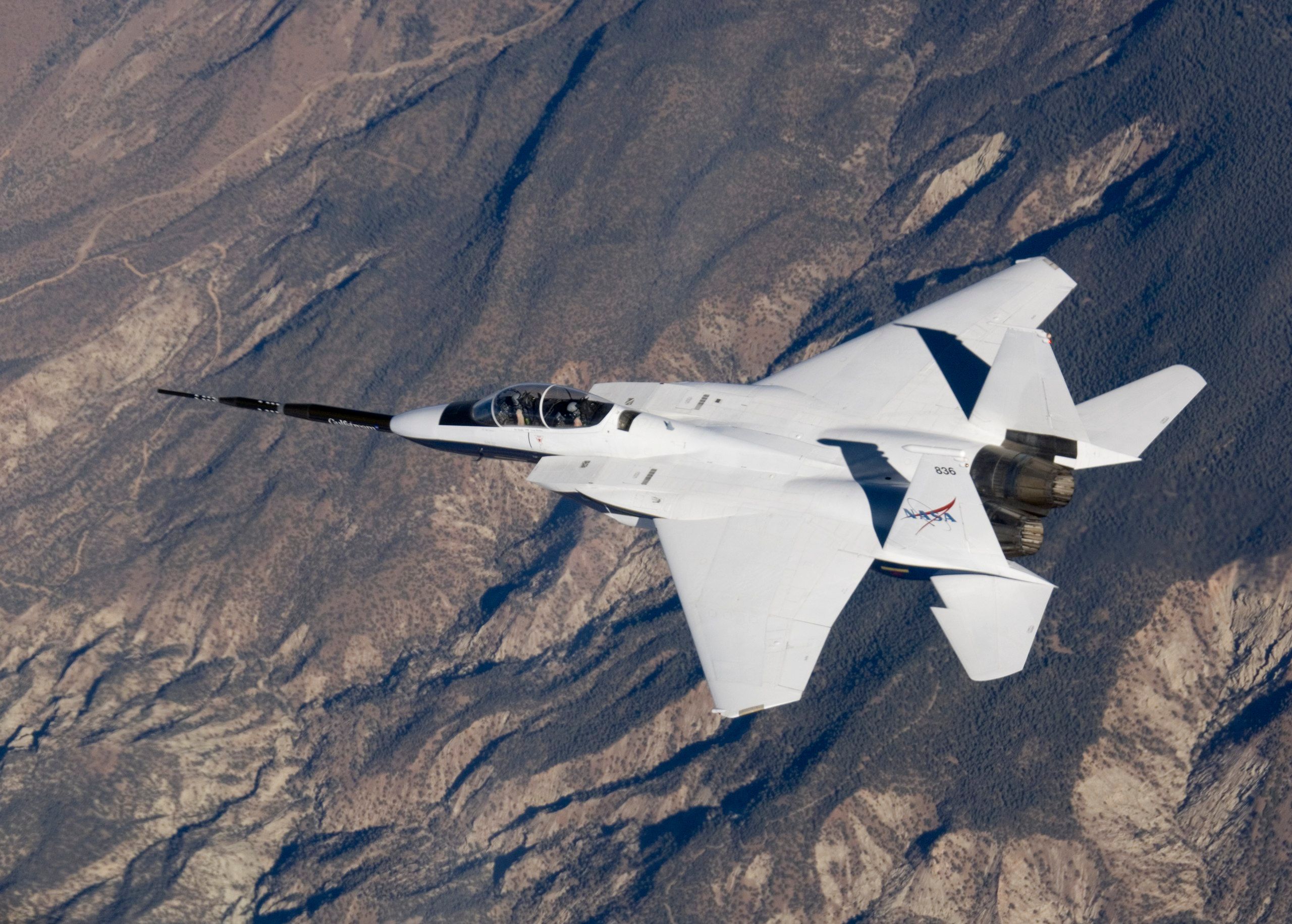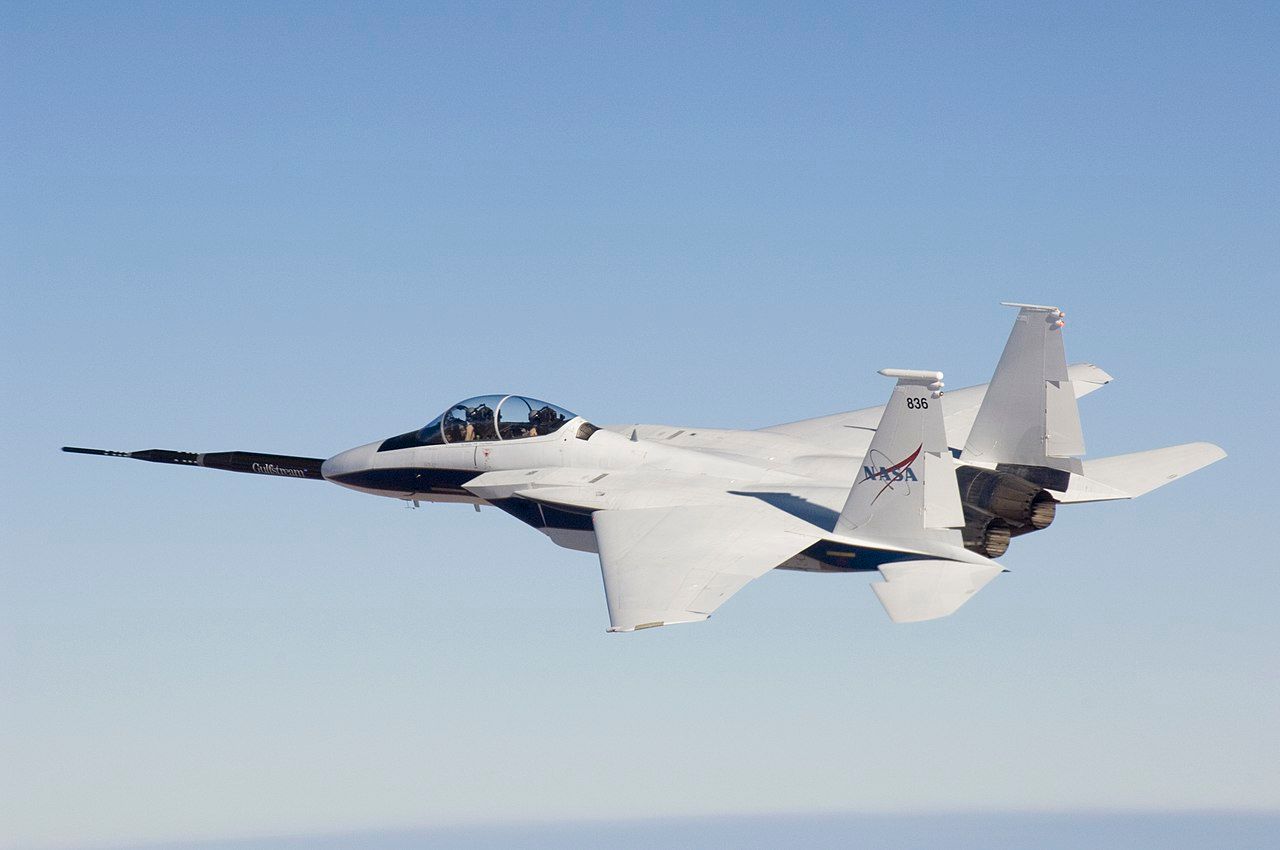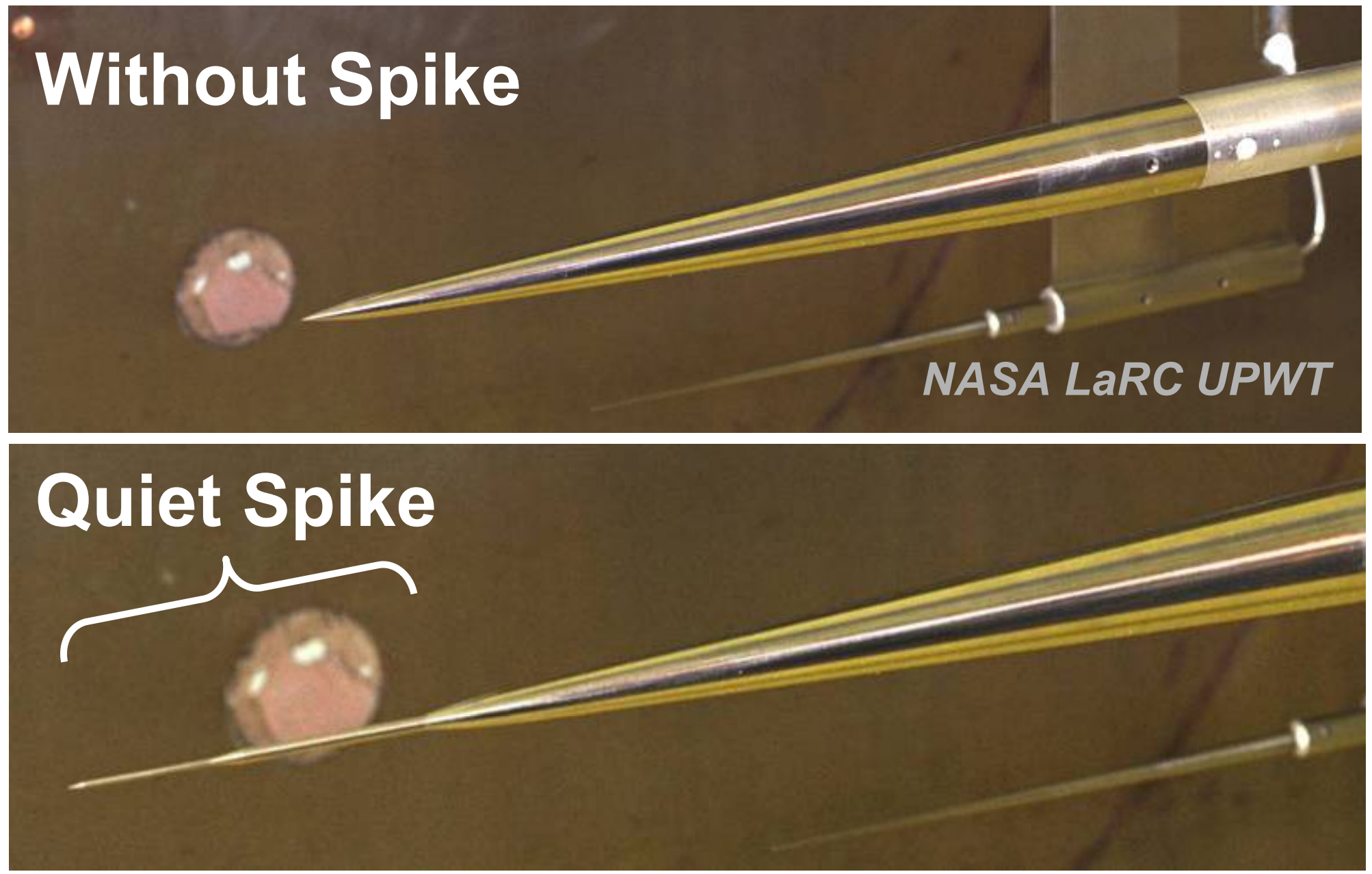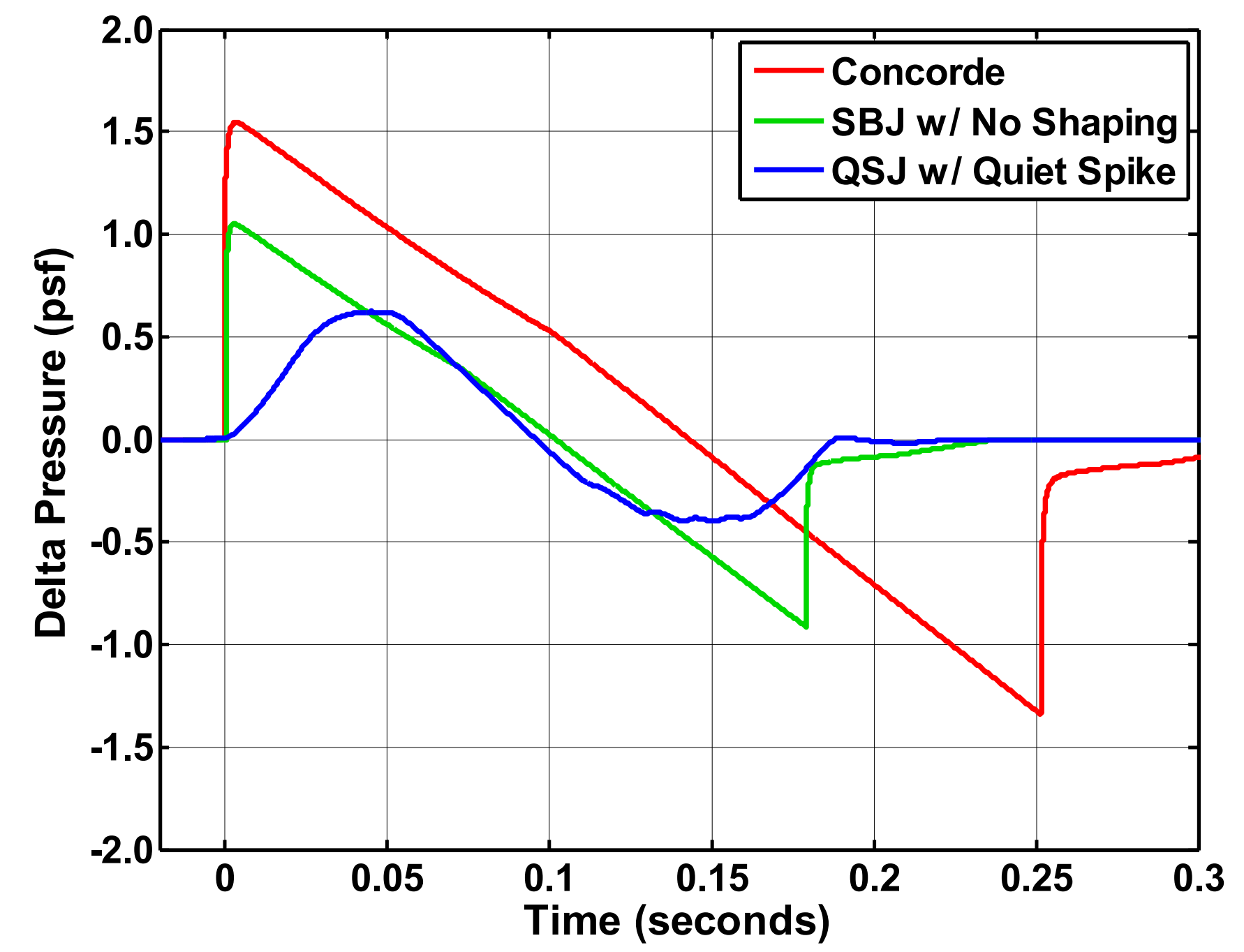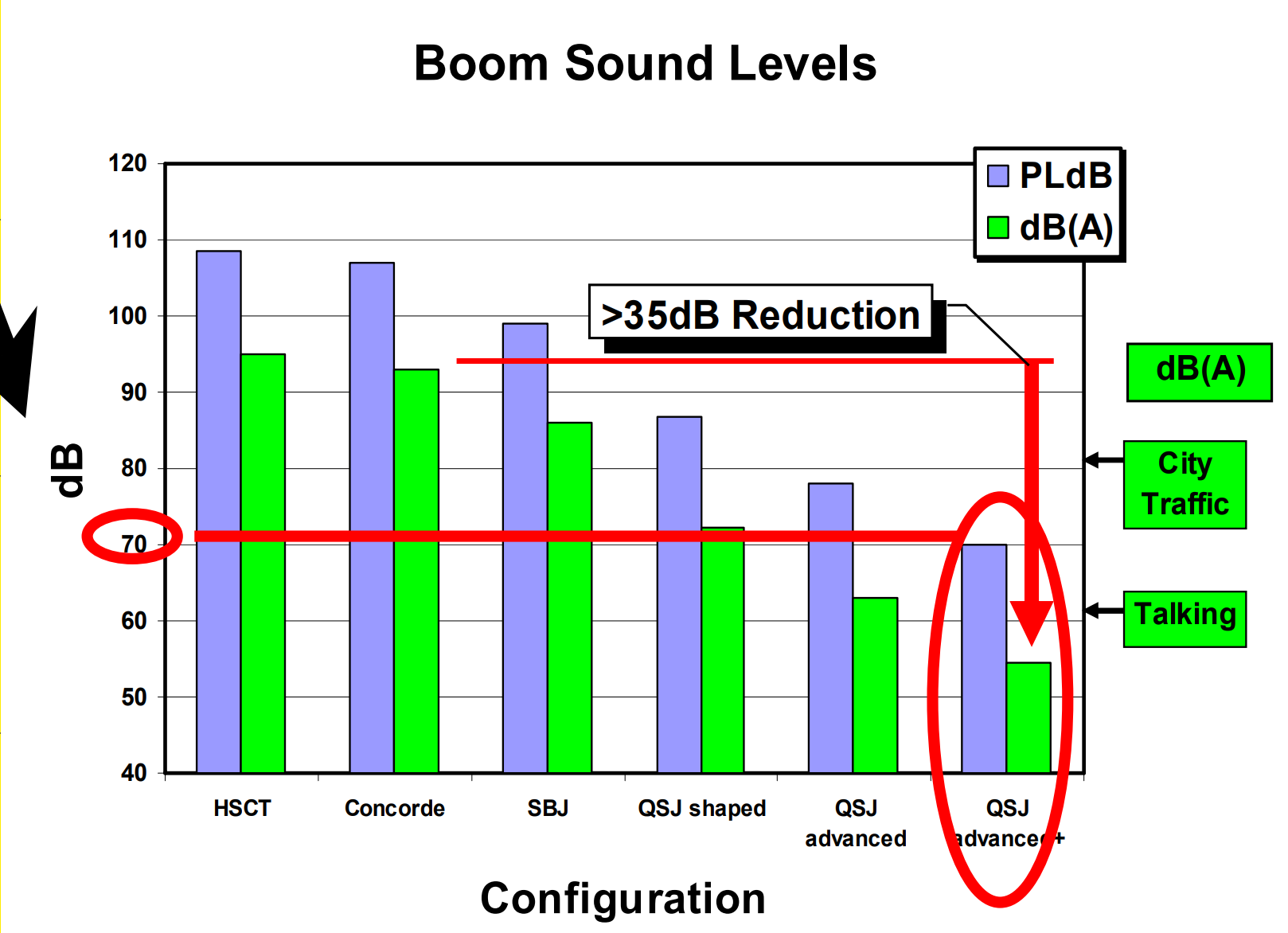Summary
- Project Quiet Spike aimed to soften the sonic booms of supersonic jets to develop civilian aircraft.
- Quiet Spike successfully mitigated boom sound levels by over 35 dB compared to Concorde.
- The study is a step towards reducing sonic boom impact on overland flights, but more tests are needed.
Quiet Spike was a joint-venture research program between Gulfstream Aerospace and NASA’s Dryden Flight Research Center. The two partners joined hands to investigate the suppression of sonic booms associated with shock waves created by a supersonic cruise flight.
Sonic booms generate large amounts of sound energy and may damage small structures. The continuous effects of sonic waves impact positioners at specific regions located in the shape of a cone behind the boom-generating aircraft. Sonic booms created above populated regions can impact people’s well-being due to noise.
While a market exists for supersonic business jets, the Federal Aviation Administration’s (FAA) regulations prohibit commercial aircraft from causing sonic booms above populated areas. Project Quiet Spike aimed at attenuating or softening the sonic boom of supersonic aircraft to enable the development of a new generation of supersonic civilian aircraft.
The Quiet Spike
The program goal
| Today’s business jet cruise speed | Future supersonic cruise business jet |
|---|---|
| Mach 0.85 | Mach 1.8 |
| Environmental considerations | Future vision |
|---|---|
| Boom overpressure | Acceptable for overland supersonic flight |
| Takeoff emissions | ICAO limits with a margin |
| Cruise emissions | Minimum impact |
| Airport noise | Stage 4 with at least 10dB margin |
The Quiet Spike program involved a specialized nose cone fairing attached to the forward fuselage of an F-15B aircraft. It aimed to develop technology to enable supersonic transport flights (above Mach 1) overpopulated areas.
Primary equipment and mechanism
- A six-foot-long nose cone fairing
-
An extendable spike
- Length retracted: 14.15 ft
- Length extended: 24.31 ft
- Weight: 450 pounds
- Attachment: F-15B forward fuselage at the radar support bulkhead
- An electric-powered cable and pulley

Related
5 Amazing Military Planes Flown By NASA
NASA finds uses for a range of ex-military aircraft – often extensively modified for scientific mission purposes.
According to NASA’s report,
“Quiet SpikeTM is a technological concept developed by Gulfstream Aerospace Corporation (GAC) (Savannah, Georgia) as a method for softening the sonic boom for supersonic business jet-sized aircraft by attenuating the shock wave into a series of smaller shock waves across a telescoping spike extending from the front of an aircraft.”
“The main program goal was to collect flight data to verify the spike structural dynamics and loads model up to Mach 1.8 and to validate the technical feasibility of a morphing fuselage.”
Measurement and mechanism
Gulfstream Aerospace and Dryden Flight Research Center (DFRC) jointly designed the half-scale version of the extendable spike and attached it to the nose of a NASA DFRC -15B. Ground and flight tests were conducted, and pre-flight and post-flight flight data was collected. Flight tests were conducted within a limited flight envelope, up to Mach 1.8.
The DFRC performed air data calibration, aero servo-elastic clearance, structural dynamics, aerodynamics, and stability and control. The agencies also conducted computational fluid dynamics (CFD) modeling of the design, primarily to verify experimental results and estimate the effects of spikes on aircraft performance.
Quiet Spike mechanism
- Extendable nose spike
- Generate a series of weak shocks
- Propagate parallel to each other
- Transform sharp crack into a quiet whisper
The first patented Quiet Spike sonic boom mitigater flight took place on October 22, 2006, achieving a major milestone. Ground tests with the spiked nose cone preceded for months before the actual fly-off. The NASA F-15B aircraft achieved Mach 1.2, and the Quiet Spike operated as designed.
Photo: FAA
During the flight, the probe was extended to its maximum position and remained in position for the 65-minute test flight. Flight data was recorded throughout the flight, most occurring at 45,000 ft. The Senior Vice President of Programs, Engineering, and Tests at Gulfstream, Pres Henne, showed his excitement about the achievement by stating,
“The fact that the Quiet Spike performed as designed at supersonic speeds and was extended and retracted without any difficulties, brings us one step closer to our goal of seeing if it will reduce the sonic boom when mounted on a more appropriate platform.”
One step closer to a supersonic transport flight?
The Federal Aviation Administration (FAA) compared the results obtained by the Quiet Spike project (QSJ) to the pressure trends of a conventional supersonic business jet (SBJ) and Concorde. Installing the Quiet Spike produces a much smoother pressure wave. Moreover, the wave amplitude is half of what was obtained in a Concorde flight, as shown in the image below.
Photo: FAA
Comparing the conventional and spiked nose cone designs, the Quiet Spike provides an additional surface area for the spike to generate, resulting in a gradual staged propagation. The boom signature is attenuated before approaching the radome and the inter-wing area, reducing noise.
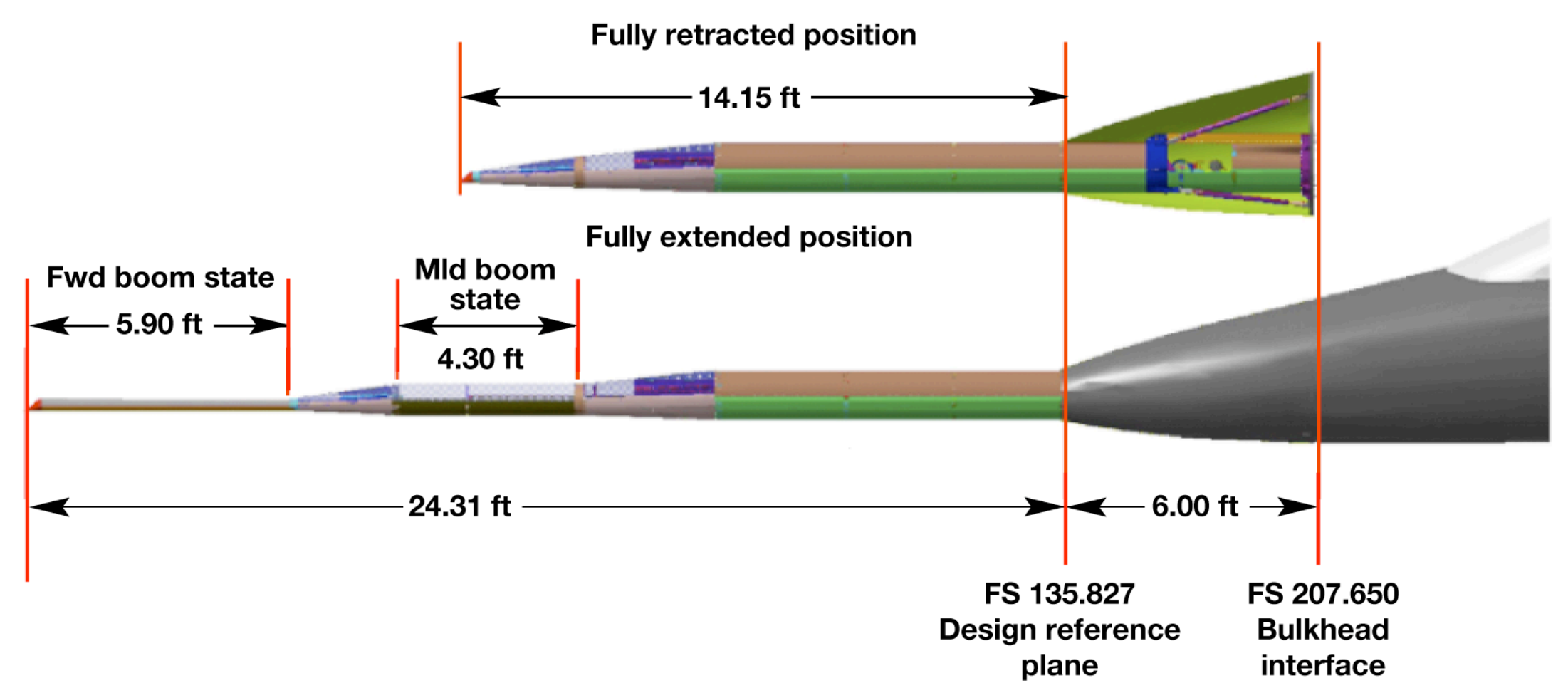
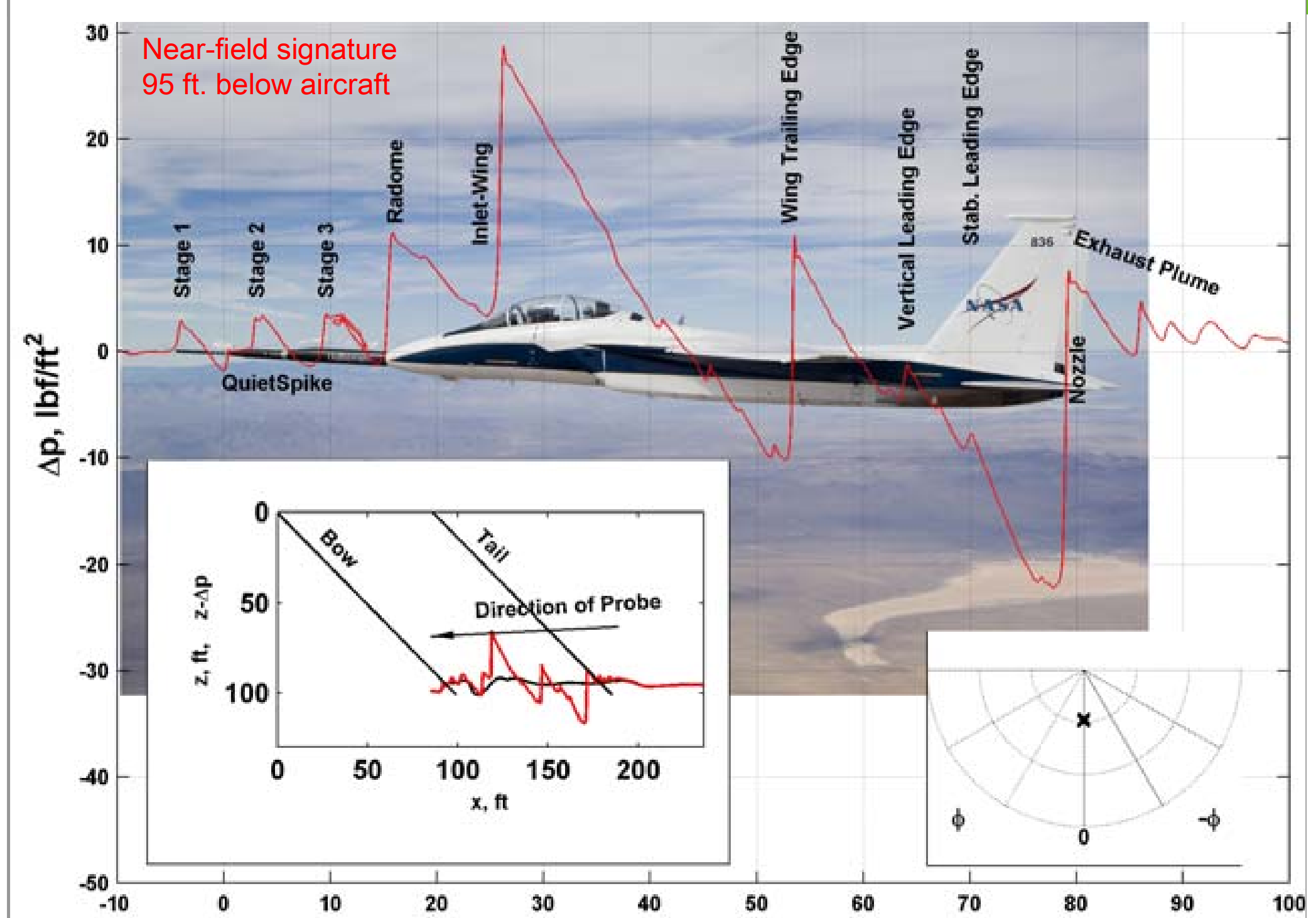
The image below shows that the Quiet Spike reduced boom sound levels by over 35 dB compared to Concorde’s 94 dB boom sound. The conventional SBJ will slightly reduce boom sound to 86dB, whereas the Quite Spike results in approximately 54 dB.
Photo: FAA
Bottom line
While this does not address all the challenges associated with supersonic transport flight, it is one step ahead in minimizing the impact of sonic booms on overland flights. The research stated that more tests are warranted to understand the effects of airflow at the location of the air data probe and the angle-of-attack cone, as the presence of the spike may influence it.

Related
What Happened To The Gulfstream X-54 Quiet Supersonic Demonstrator?
The existing regulatory restrictions in the US prevent supersonic flights over land.
What are your thoughts on the sonic boom research study between Gulfstream and NASA? Share your views in the comments section.


